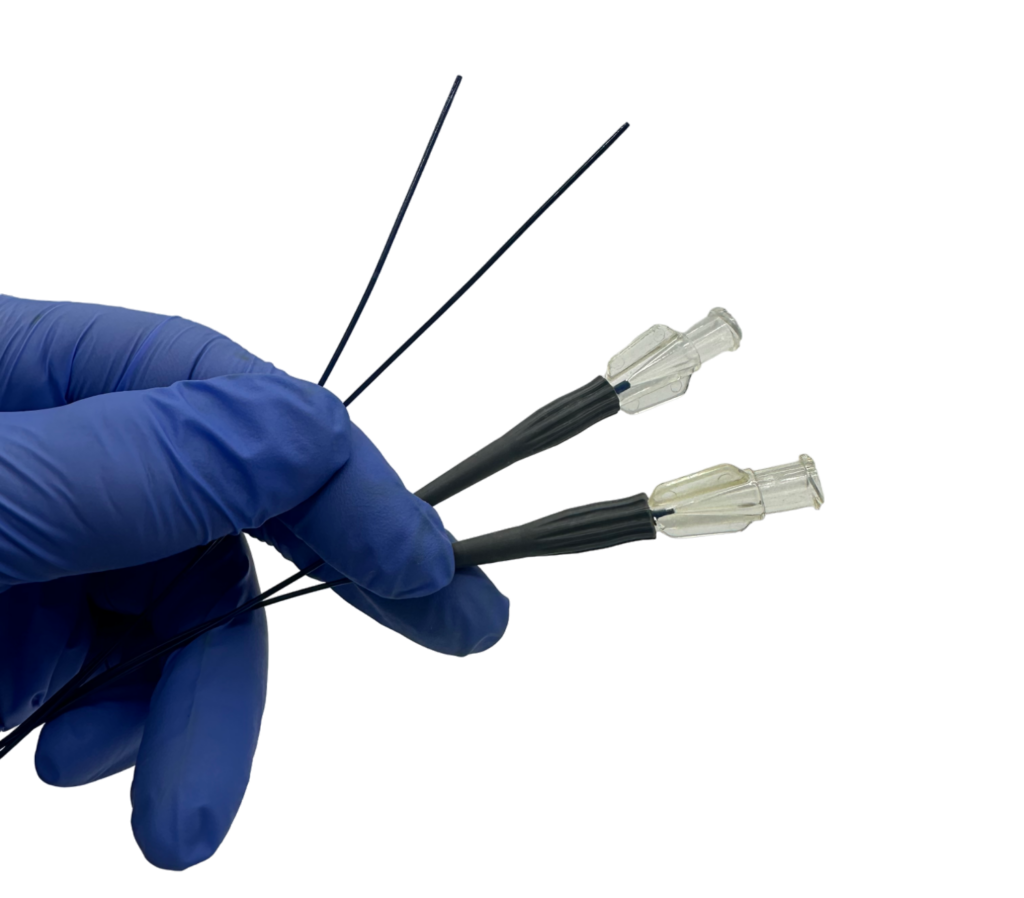PARK CITY, Utah, Nov. 30, 2023 /PRNewswire/ — Transit Scientific, a Utah-based medical device company specializing in innovative solutions for vascular procedures, has announced the FDA clearance of its microcatheter designed for the precise delivery of a broad range of embolic agents. This milestone marks a significant advancement in microcatheter technology, offering clinicians a differentiating new tool to enhance patient care.
Microcatheters are commonly used to deliver therapeutic embolic agents, and inject contrast media, during complex endovascular procedures.
Current microcatheters come with various limitations, sacrificing low profile for flow rates, and sacrificing trackability for torque response. Current wire-braided catheters limit torquability and control, making it challenging to reach distal vasculature and oftentimes requiring catheter escalation. The current hypotube catheter designs limit trackability performance. Many current microcatheters also come with limitations on embolic compatibility and flow rates.
The XO Cath microcatheter is designed to deliver new levels of trackability, torque response, and embolic compatibility for improved treatment delivery. The non-tapered, metal-alloy construction is designed to offer unparalleled precision translating to superior control over embolic material placement, ensuring optimal results in minimally invasive procedures.
Dr. Richard Saxon of Tri-City Medical Center, a renowned interventional radiologist, shared their thoughts about the newly cleared microcatheter, saying, “This breakthrough technology could substantially improve the successful completion of embolic procedures. Its trackability, precision, and embolic compatibility features will likely make a significant difference in patient care.”

